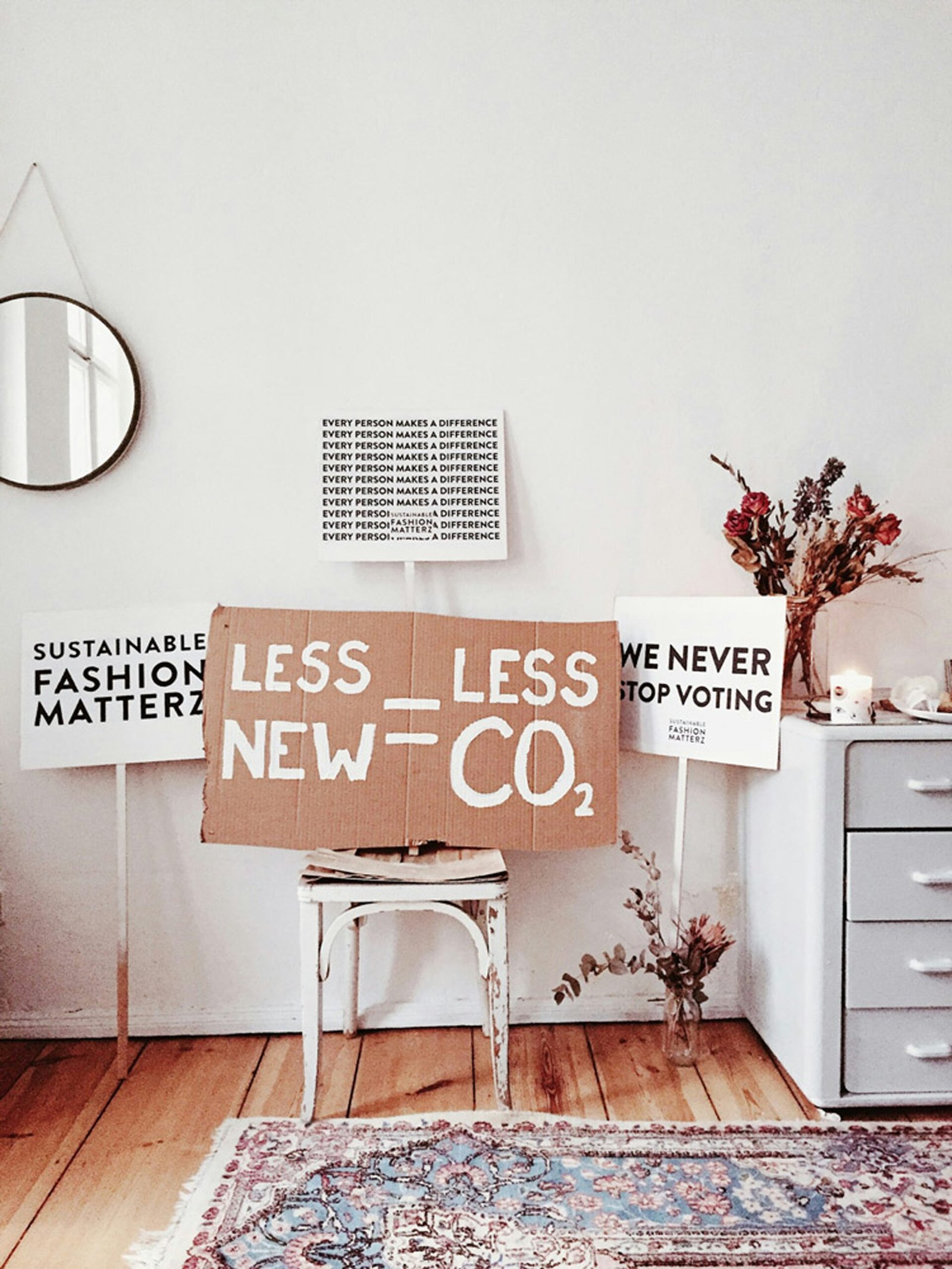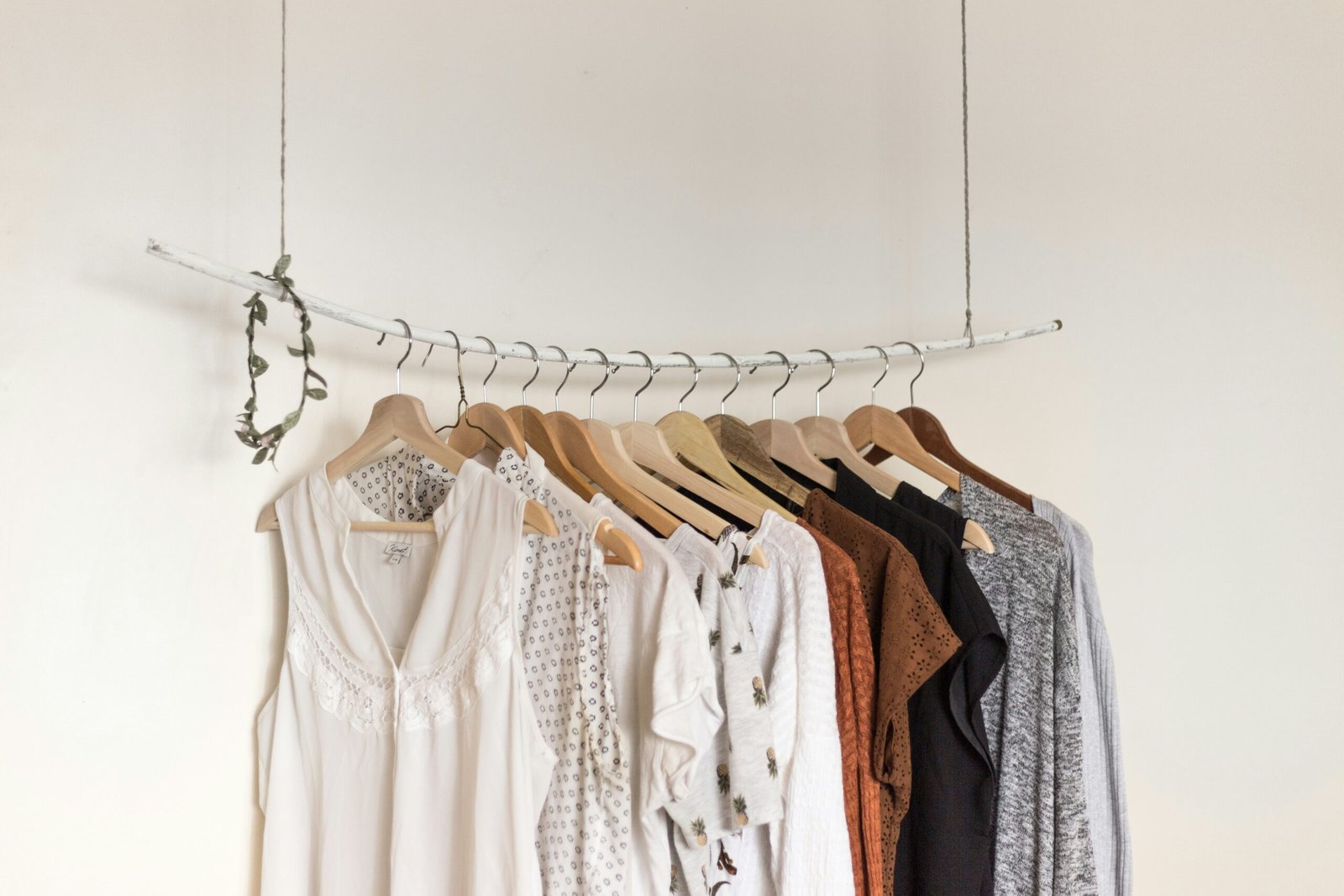Introduction
In recent years, there has been a growing awareness of the environmental impact of the fashion industry. From the production of textiles to the disposal of garments, the fashion industry has a significant carbon footprint. However, many individuals are now taking steps to build an eco-friendly closet by embracing sustainable fashion. In this blog post, we will explore how to build an eco-friendly closet and make more sustainable fashion choices.
Choosing Sustainable Fabrics
One of the first steps in building an eco-friendly closet is to choose garments made from sustainable fabrics. Synthetic materials like polyester and nylon are derived from non-renewable resources and contribute to pollution during production. Instead, opt for natural fibers like organic cotton, linen, hemp, and bamboo. These fabrics are biodegradable and have a lower environmental impact.
Another option is to look for garments made from recycled materials. Many brands are now using recycled polyester, which is made from plastic bottles. This helps to reduce waste and minimize the use of virgin resources. Additionally, fabrics made from Tencel or Modal are also sustainable choices, as they are derived from wood pulp from sustainably managed forests.
Investing in Quality Pieces
Building an eco-friendly closet also involves investing in quality pieces that will last for a long time. Fast fashion has contributed to a culture of disposable clothing, where garments are worn only a few times before being discarded. By choosing well-made, durable garments, you can reduce the need for constant replacements and minimize waste.
When shopping, look for brands that prioritize quality and craftsmanship. Pay attention to the construction of the garment, the stitching, and the materials used. While these pieces may have a higher upfront cost, they will ultimately save you money in the long run as they won’t need to be replaced as frequently.
Thrifting and Secondhand Shopping
One of the most sustainable ways to build an eco-friendly closet is by thrifting and shopping secondhand. By giving pre-loved items a new life, you are reducing the demand for new clothing and extending the lifespan of existing garments. Thrift stores, consignment shops, and online platforms for secondhand clothing are great places to find unique and affordable pieces.
When thrifting, be patient and open-minded. Take your time to browse through the racks and try on different styles. You never know what hidden gems you may find. Thrifting also allows you to support local businesses and charities while reducing your environmental impact.
Caring for Your Clothes
Proper care is essential for maintaining the longevity of your garments. By following the care instructions on the labels and adopting sustainable laundry practices, you can ensure that your clothes last longer and stay in good condition.
Washing your clothes in cold water and avoiding the use of harsh chemicals can help reduce energy consumption and prevent water pollution. Hang-drying your clothes instead of using a dryer can also save energy and extend the life of your garments. Additionally, repairing and mending clothes when they get damaged can further prolong their lifespan.
Conclusion
Building an eco-friendly closet is a journey that involves making conscious choices and being mindful of the environmental impact of our fashion choices. By choosing sustainable fabrics, investing in quality pieces, thrifting, and caring for our clothes, we can contribute to a more sustainable fashion industry. Remember, every small step towards sustainability counts, and together we can make a difference.







